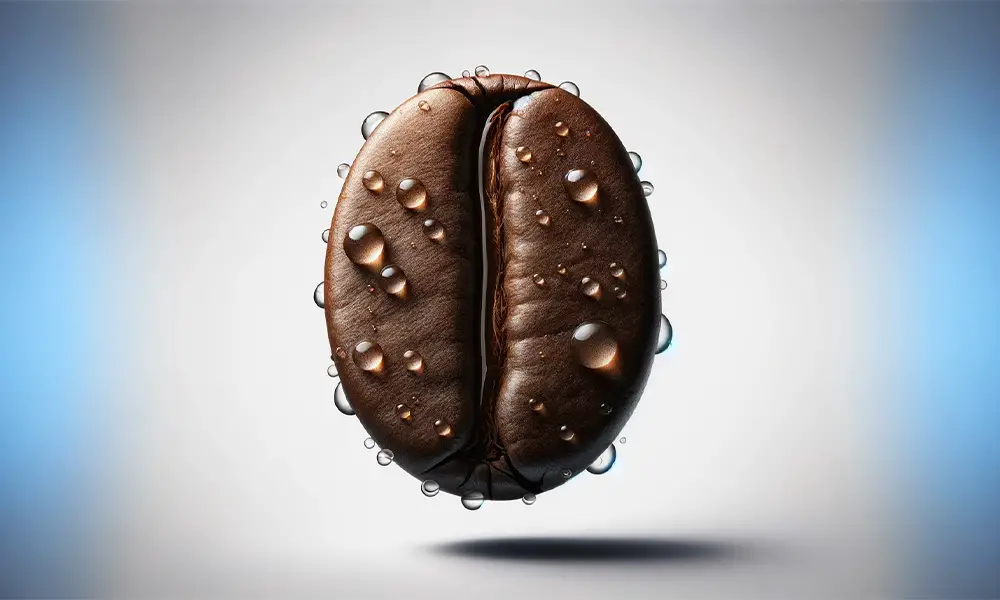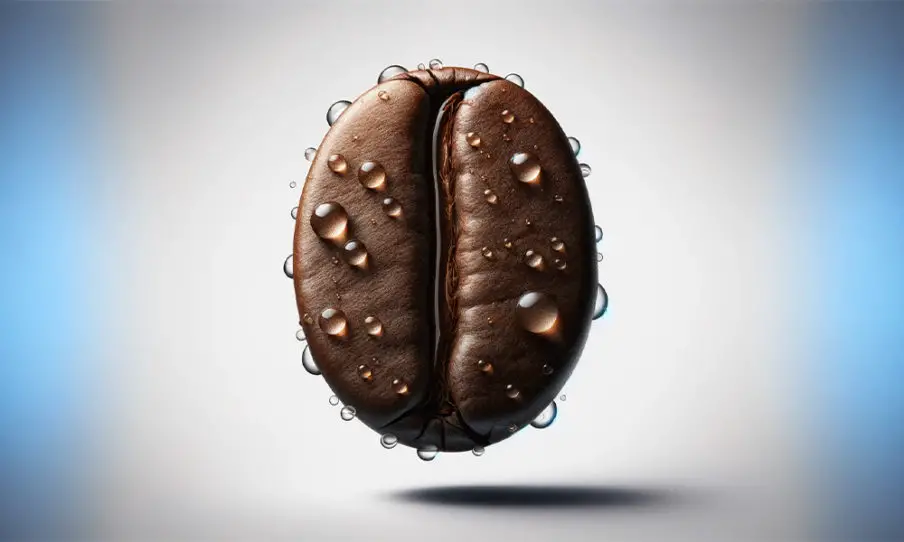
In the diverse and evolving world of coffee brewing, every step in the process, from selecting the beans to the final brew, profoundly affects the quality of the coffee. Among the numerous innovations aimed at enhancing this process, the Ross Droplet Technique (RDT) stands out as a game-changer, particularly in the grinding phase.
This article delves into what RDT is and how it significantly improves the coffee experience.
What is the Ross Droplet Technique?
RDT, or the Ross Droplet Technique, is a simple yet revolutionary method introduced by David Ross, which involves applying a small amount of water to coffee beans before grinding. This added moisture reduces the static build-up in the grinder, resulting in a cleaner, more consistent grind.
The technique addresses a common issue in coffee grinding – static electricity, which causes coffee particles to stick to the grinder and each other, leading to mess and inconsistency in the grind.
The Science Behind RDT
The magic of RDT lies in its basic science. By introducing a few droplets of water to coffee beans, a pathway for static charges to neutralize is created. Water, being a conductor of electricity, allows the static charges that build up during grinding to dissipate.
This results in coffee grounds losing their charge and behaving more uniformly, ultimately leading to a cleaner and more efficient grinding process.
Improvements Brought by the Ross Droplet Technique
Cleanliness: RDT significantly reduces the mess caused by static, making the grinding process neater and more manageable. This results in less time spent cleaning up and more time enjoying your coffee.
Consistency in Grinding: Static can cause grounds to clump together, leading to an uneven grind. This inconsistency can adversely affect extraction and the coffee’s flavor. RDT promotes a more uniform grind, contributing to a more consistent extraction and a better flavor profile.
Enhanced Flavor: A consistent grind without the interference of static cling ensures more even coffee extraction, preventing over or under-extraction. This helps in reaching the desired flavor profile more accurately.
Moisture Control: In dry climates or seasons, the air can dry out coffee beans, affecting their quality and grinding behavior. RDT’s introduction of moisture helps counteract the effects of a dry environment on the beans.
Mastering the Ross Droplet Technique
Achieving the best results with RDT involves a balance of applying just enough water to eliminate static without overly moistening the beans. The key steps include:
Choosing the Right Spray Bottle: A bottle that delivers a very fine mist is essential. The goal is to moisten the beans lightly without drenching them.
Determining the Correct Amount to Spritz: The optimal amount of water depends on factors like environmental humidity, temperature, and the type of coffee beans. It generally requires some trial and error.
Timing: It is best to apply RDT just before grinding the beans to maintain their freshness and flavor profile.
Final Thoughts
The Ross Droplet Technique has gained wide acceptance among coffee enthusiasts, from home brewers to professional baristas. Its ability to improve the cleanliness of the grinding process, ensure consistency in grind size, enhance the overall flavor of the coffee, and adapt to varying environmental conditions makes it an indispensable part of modern coffee preparation.
This technique exemplifies how a small change in the coffee-making process can lead to a significant improvement in the final cup, bringing us closer to the goal of the perfect coffee experience.


